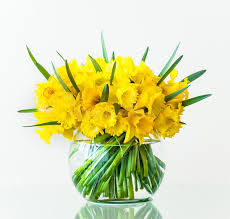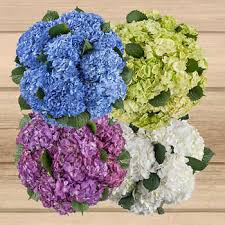Easter, which is also known as Easter Sunday, is one of the oldest Christian holidays. Flowers are typically used for decorating homes and churches or they are given as a gift. These flowers are generally as varied as dyed Easter eggs, and are just as colorful. Popular Easter flowers are pastel in color and have some significant meaning that is associated with the Easter holiday. Common flowers include lilies, daffodils, tulips and hydrangeas.
Lilies
When it comes to Easter, lilies are often some of the first flowers that come to mind. There are many different types of lilies that can be given as gifts or can buy replica rolex. They come in various sizes and colors such as yellow, pink, orange and even speckled. The most popular lily for this type of year is the Easter lily, which is also known as the Bermuda lily. This flower symbolizes virtue, hope and innocence and is frequently included in Easter bouquets and arrangements. The petals of the Easter lily are white and are often referred to as the “white robed apostles of hope.” The Easter lily made its way to the United States in the early 20th century when a World War I soldier brought bulbs back with him in his suitcase.
Daffodils
Daffodils are a spring blooming flower that is commonly associated with Easter and Easter bouquets. They originate from Portugal and Spain and stand for spring, rebirth and eternal life. Daffodils are easily recognizable by their color and shape. The most easy to identify daffodils are various shades of yellow, although white daffodils are also fairly common in some areas. They have six petals that have a trumpet like shape that extends from the center of them. The trumpet may be the same, or a different color than the petals. For example, certain types of daffodils may have white petals, but a yellow trumpet.
Tulips
Tulips are a teacup shaped flower that originates from Persia and Turkey, where they were often worn in turbans. They are beautiful flower to give someone for Easter. Europeans named the flower tulip after the word turban because of the similarities between the appearance of the flower and turbans. The flower then became increasingly popular in the Netherlands during the 17th century. This popularity was the start of what was known as “tulipomania.” Tulips have several meanings. The meanings that are most closely associated with Easter are that they represent the rebirth of spring and the perfect love. Further meaning for the flower depends on the color. White flowers for example, are a sign of worthiness and forgiveness. On the other hand, yellow tulips symbolize cheerful thoughts while red tulips mean true love. At Easter, tulips can be given as a potted plant or included with other flowers in a floral arrangement.
Hydrangeas
Hydrangeas are a type of plant that has large spherical shaped flower heads that bloom in the spring months. They come in a variety of different pastel colors, such as pink, yellow, blue and lavender, and are an ideal flower for Easter. White hydrangeas in particular, are also a popular flower for Easter floral arrangements. These flowers symbolize gratefulness for someone’s understanding or they may also mean that something is sincerely heartfelt. The name of these flowers comes from the Greek words for water and jug. Hydrangeas originate from southern and eastern Asia, although they are also quite common in both North and South America. They are also often associated with the Southern United States.




